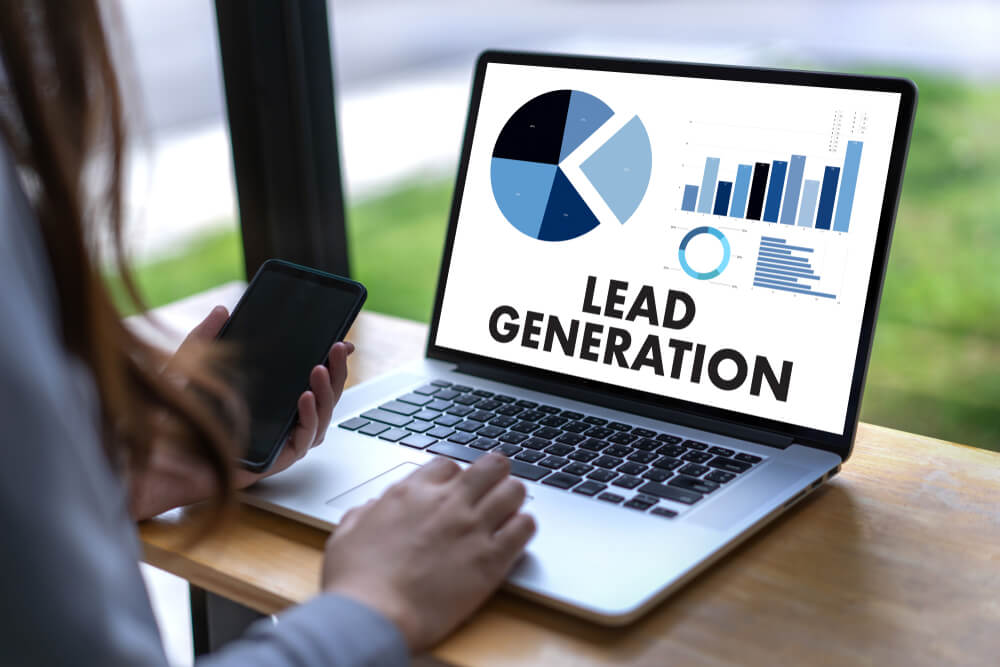
Introduction:
In today’s competitive business environment, relying on intuition to generate leads is no longer enough. Data-driven B2B lead generation empowers businesses to make smarter decisions and target the right prospects at the right time. In this article, we’ll explore the benefits of using data to fuel your lead generation strategy.
1. What Is Data-Driven Lead Generation?
Data-driven lead generation refers to the practice of using customer data to identify, target, and engage potential leads. This approach leverages information such as demographics, behavior, and purchasing history to refine your outreach and marketing efforts.
2. How Data-Driven Strategies Improve Lead Quality:
- Targeted Outreach: By analyzing past customer data, you can identify patterns and behaviors that indicate a lead’s readiness to buy, allowing you to target prospects with higher potential.
- Increased Personalization: Data enables you to segment leads and personalize your messaging based on their needs and pain points. This increases engagement and boosts the likelihood of conversion.
- Predictive Analytics: Tools like predictive analytics can forecast which leads are most likely to convert, helping you focus your resources more effectively.
3. How to Implement a Data-Driven Lead Generation Strategy:
- Collect and Analyze Data: Use CRM platforms, marketing automation tools, and social media analytics to gather insights on your audience.
- Segment Your Leads: Divide your leads into segments based on industry, company size, and buyer journey stage.
- Optimize Campaigns: Use the data to continually refine your email, social media, and content marketing campaigns to deliver the right message at the right time.
Conclusion:
Data-driven B2B lead generation is key to improving lead quality and driving growth. By leveraging data, you can make smarter decisions, deliver personalized experiences, and close more deals with less effort..
